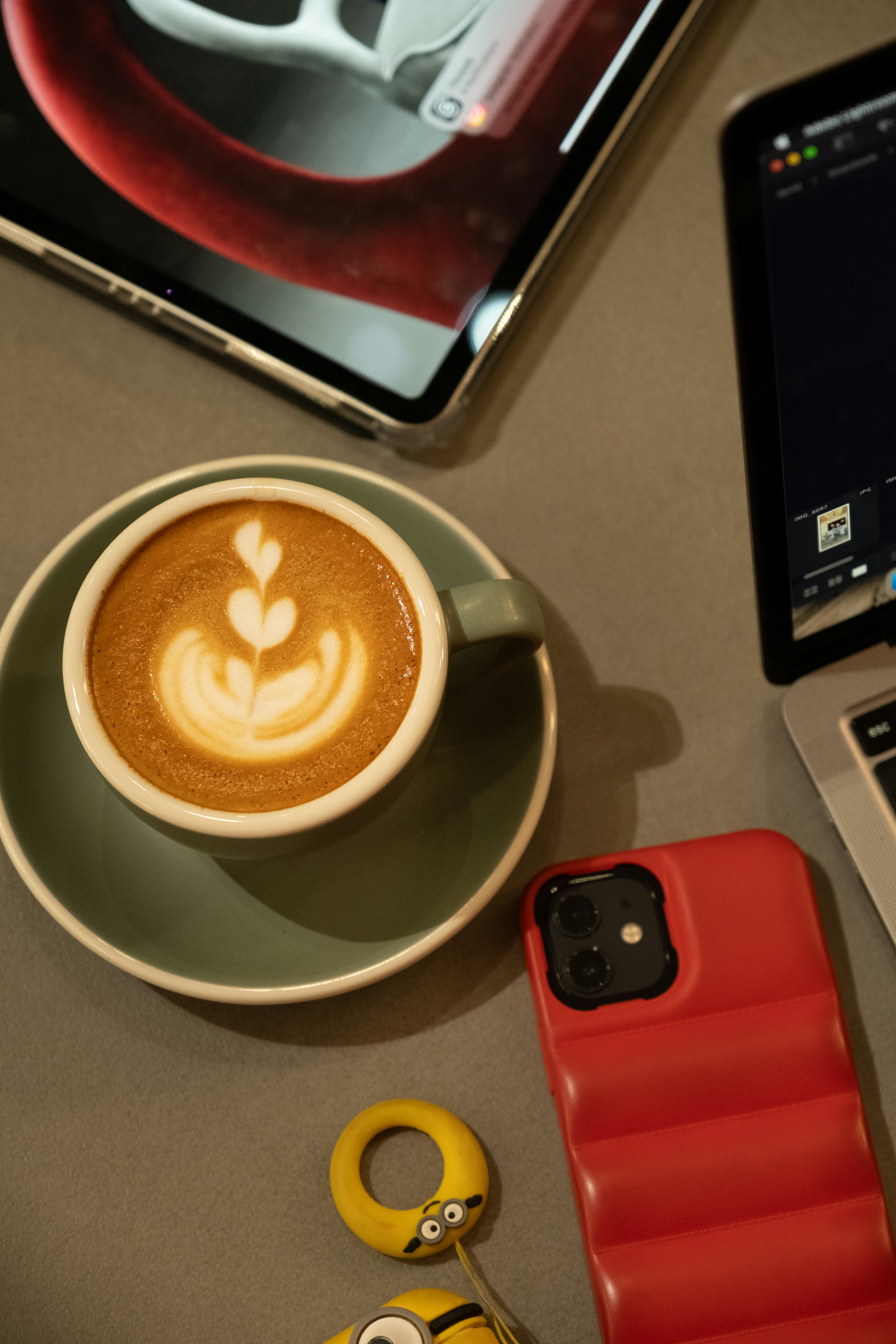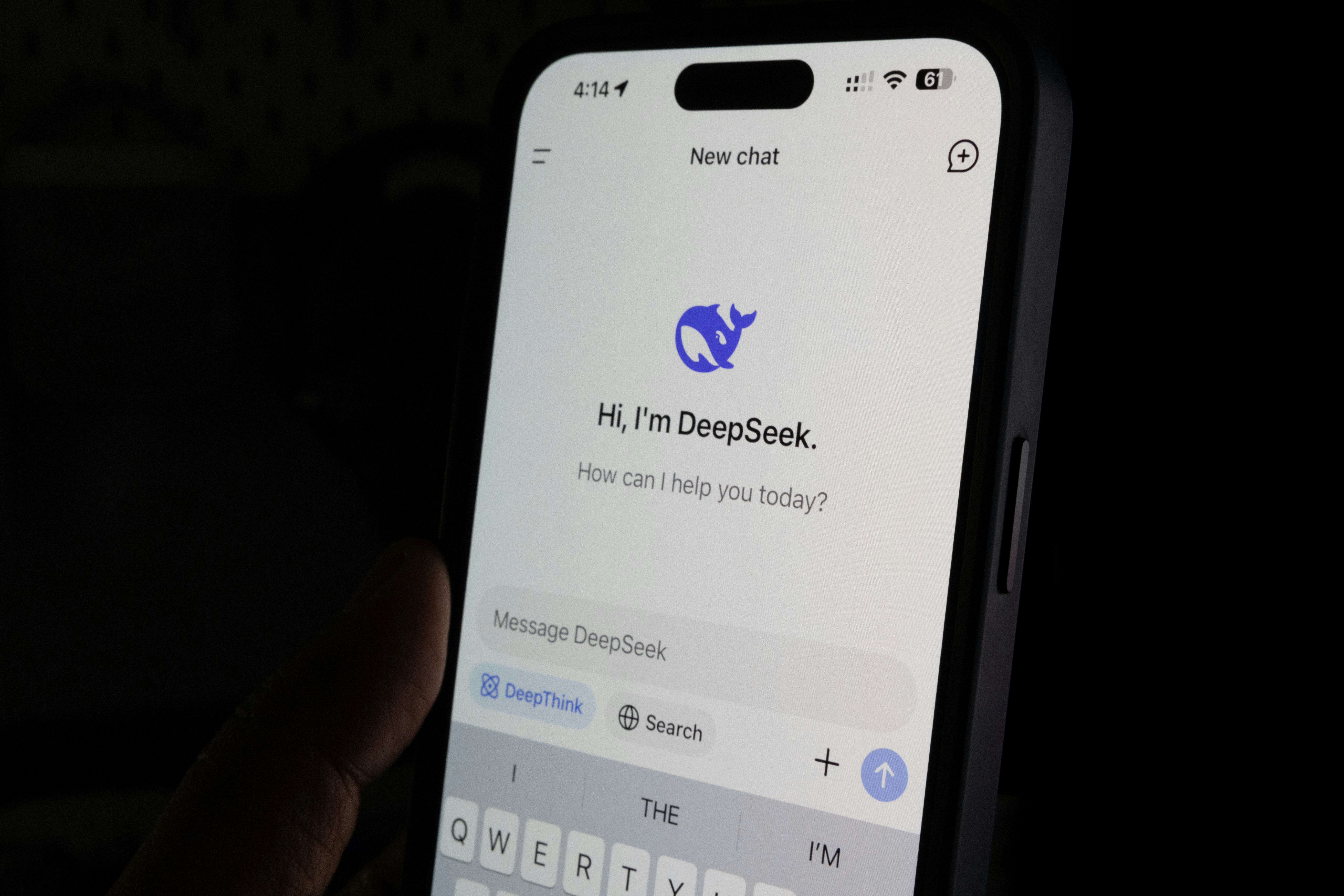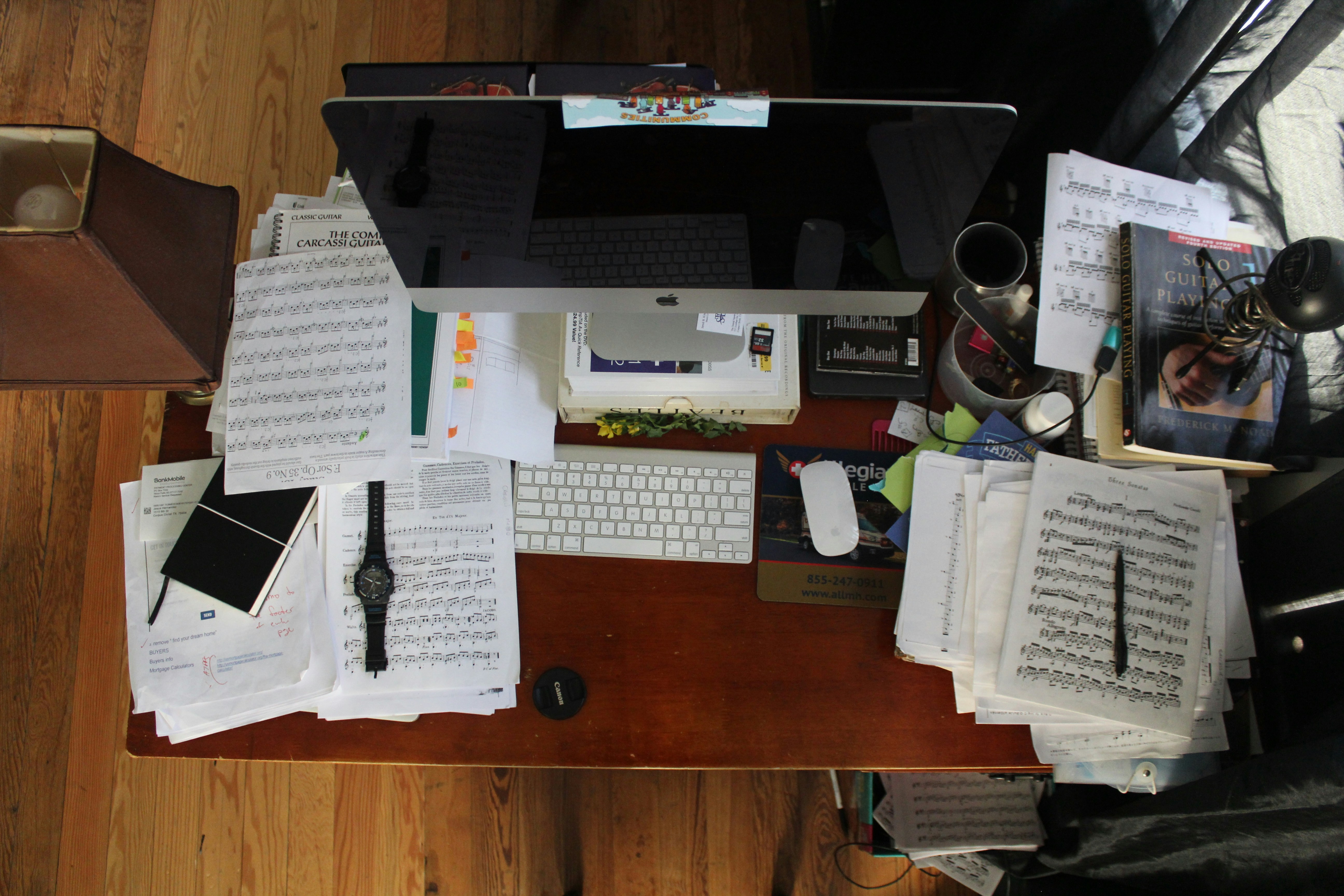← Back

AI and Everyday Life: How I Actually Use AI Tools in 2025
April 15, 2025 | growth
A few years ago, AI felt like something out of a sci-fi movie — robots, self-driving cars, maybe some creepy surveillance stuff. Fast forward to 2025, and it’s not a distant future anymore. It’s just… daily life.
For me, AI isn’t about “taking over the world.” It’s about the dozens of tiny, almost invisible ways it shows up every single day. Sometimes it’s brilliant. Sometimes it’s frustrating. But most of the time, it feels less like magic and more like a helpful tool I’ve quietly grown dependent on.
In this post, I want to share how I actually use AI tools in real life — not the flashy headlines, but the little ways AI sneaks into my routines, from planning meals to writing, learning, and even deciding when to take a break.



🧠 Part 1: AI as My Personal Assistant
If I had to describe AI in one phrase, it would be: a secretary that never sleeps.
Planning My Day
Most mornings, I dump a messy list of tasks into an AI planner. Instead of me stressing about what to do first, it organizes my to-do list by priority and even adds breaks. Weirdly, it feels less like being bossed around and more like being rescued from decision fatigue.
Managing Communication
Emails used to drain me. Now, I’ll draft something in plain, messy sentences — then AI polishes it into professional language. Sometimes I’ll even ask: “Make this sound friendlier but not too casual.” Done in seconds.
Meal Planning & Groceries
Here’s a small but real win: I once typed in all the random things in my fridge (“half a tomato, frozen spinach, two eggs, leftover rice”) and asked for recipes. AI gave me three solid meal options I hadn’t even thought of. That alone saved me from ordering junk food.
📚 Part 2: AI for Learning & Creativity
AI hasn’t just made my life easier — it’s made me curious again.
Learning Faster
Instead of skimming 30-page articles, I’ll ask AI to summarize the key points. It’s like having a teacher who explains things simply, without the fluff.
When I wanted to explore a new programming language, AI became my tutor. I’d type: “Explain this like I’m 12,” and boom — clear, digestible lessons.
Language Practice
I’ve been dabbling in Spanish. Conversing with AI in another language feels way less intimidating than practicing with real people. I can make mistakes without embarrassment.
Creativity & Brainstorming
Blog posts, side projects, even random creative ideas — I throw half-baked thoughts at AI and it bounces them back in sharper form.
One night I even asked it to create bedtime stories in different genres (sci-fi, comedy, thriller). The results weren’t perfect, but some were surprisingly fun.
💼 Part 3: AI in Work & Productivity
Work is where AI has been the biggest game-changer.
Notes & Summaries
Meetings used to feel endless. Now, AI tools join calls silently and spit out clean summaries afterward. Instead of rewatching an hour-long recording, I skim bullet points.
Drafting & Editing
Blank pages used to terrify me. These days, I let AI vomit out the first draft — messy but useful. Then I step in, edit, and polish. It’s not replacing me; it’s giving me a head start.
Quick Visuals
I’m no designer, but I often need images for slides or posts. AI tools generate simple graphics or icons in seconds. Not perfect, but often “good enough” for what I need.
😬 Part 4: The Downsides Nobody Talks About
It’s not all sunshine.
AI Gets Things Wrong
I’ve seen AI give confident answers that were completely false. Once it even “invented” a quote that didn’t exist. Now I double-check everything important.
Privacy Concerns
AI knows a lot about me: routines, preferences, sometimes even my tone. I can’t help but wonder — where is all this data going?
The Temptation to Outsource Thinking
Sometimes, it’s too easy to let AI decide everything. From what to eat to how to phrase an idea. The danger? Losing my own voice.
🚀 Part 5: Living With AI in 2025 and Beyond
AI feels like electricity — invisible but everywhere. In 2025, it’s woven into daily life so seamlessly that I don’t notice until it’s gone.
The Next Wave
Wearables that track stress and suggest breathing breaks.
Smart homes adjusting lights, temperature, even music based on mood.
AI coaches nudging me toward healthier routines.
The Big Question
At what point do we stop being in charge? If AI is shaping our choices, are we living intentionally — or just following another script?
For now, I try to keep it balanced: let AI handle the small stuff, but never stop using my own brain for the big stuff.
✅ Conclusion: A Tool, Not a Master
If I had to sum up my relationship with AI: it’s not magic, it’s not evil — it’s just a tool. A powerful one, but still a tool.
Yes, it saves me time. Yes, it sparks ideas. Yes, it sometimes frustrates me. But at the end of the day, AI doesn’t replace me. It simply frees me to focus more on the things that actually matter.
So if you haven’t tried weaving AI into your daily life yet, start small. Use it for one task — maybe planning your day, maybe summarizing an article. See how it feels.
You might just realize AI isn’t here to replace you. It’s here to remind you how much more you can do when you don’t have to do it all alone.



